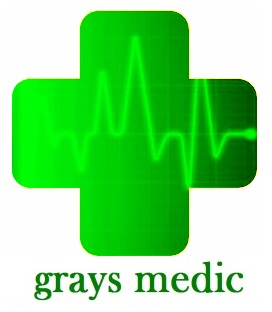First aid advice – Recording
Records
Casualty report book.
It is sensible for employers to provide first-aiders and appointed persons with a book in which to record incidents they attend. Any such book should be kept in accordance with the requirements of the Data Protection Act 1998. This information can help the employer identify accident trends and possible areas for improvement in the control of health and safety risks. It can be used for reference in future first-aid assessments. These records may also be helpful for insurance and investigative purposes.
The information to be recorded should include:
- Date, time and place of the incident;
- Name and job title of the injured or ill person;
- Details of the injury/illness and what first aid was given;
- What happened to the person immediately afterwards (for example, went back to work, went home, went to hospital)
- Name and signature of the first-aider dealing with the incident.
RIDDOR Regulations.
All employers, self-employed and those in control of work premises have duties under the Reporting of Injuries, Diseases and Dangerous Occurrences Regulations 2013 (RIDDOR).
The employers must report certain work-related injuries, cases of ill health and dangerous occurrences directly to the Health and Safety Executive:
Report immediately:
- Deaths
- Major injuries
- Dangerous occurrences
Report within 15 days:
- Incidents resulting in a person being off work for more than 7 days.
Report as soon as possible:
- Diseases
Accident book
An Accident book is a valuable document that organizations can use to record accident information as part of their management of health and safety in order to keep the record of any reportable injury, disease or dangerous occurrence. Usually the first aider on behalf of the casualty fills in the accident book.
You should:
- Ensure that your accident book complies with the Data Protection Act Requirements and keep it confidential.
- Ensure that you fill in the report completely on the same date with the same pen.
- Safekeeping the records of the book as it can be considered as “stronger evidence “ in court and a good piece of evidence for insurance purposes.
- Make sure you include in your accident book:
- Name, address and occupation of the casualty.
- Date, time, location of the incident.
- Description of the incident.
- Report of injuries.
Please select the topic of your interest:

